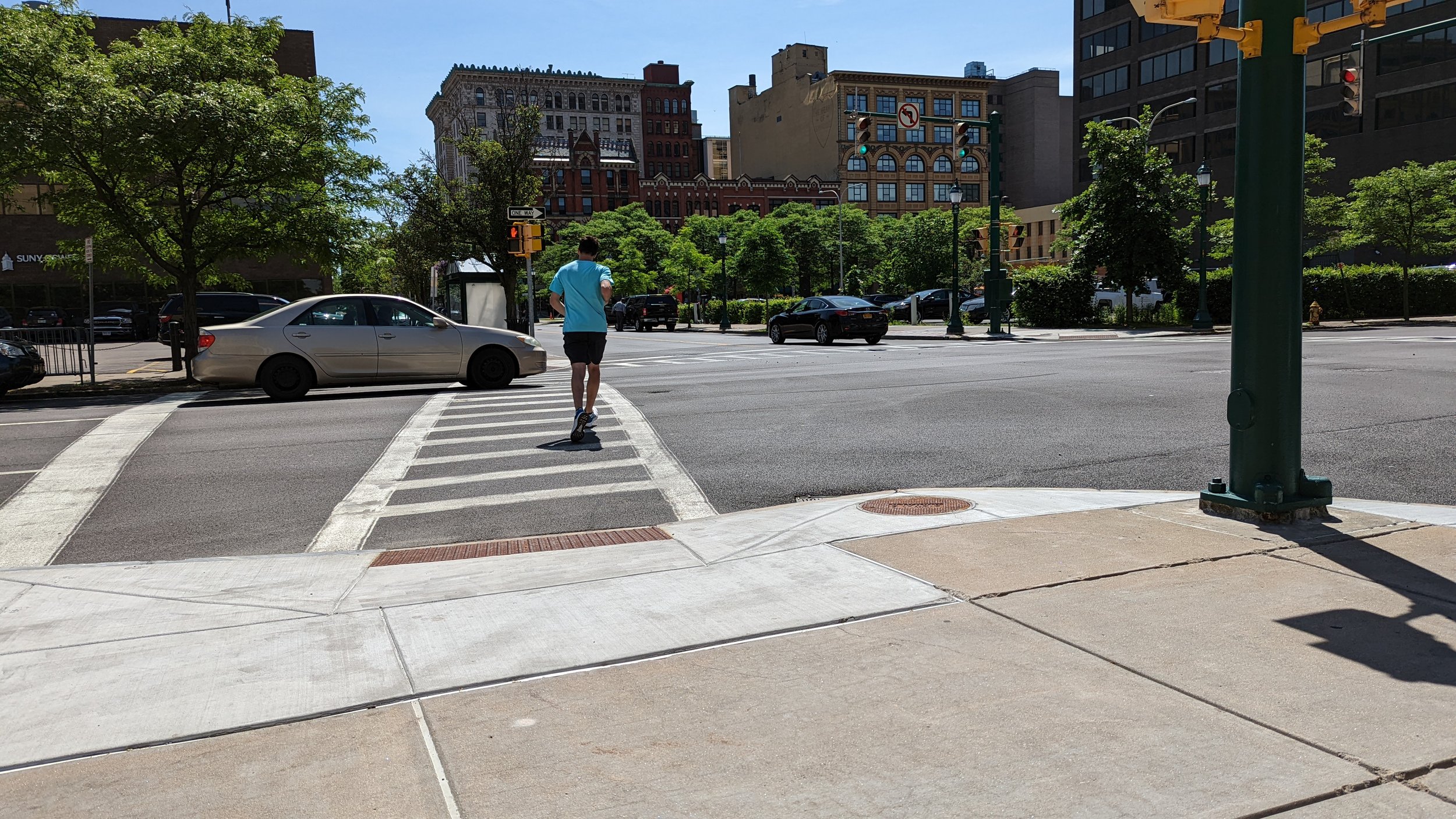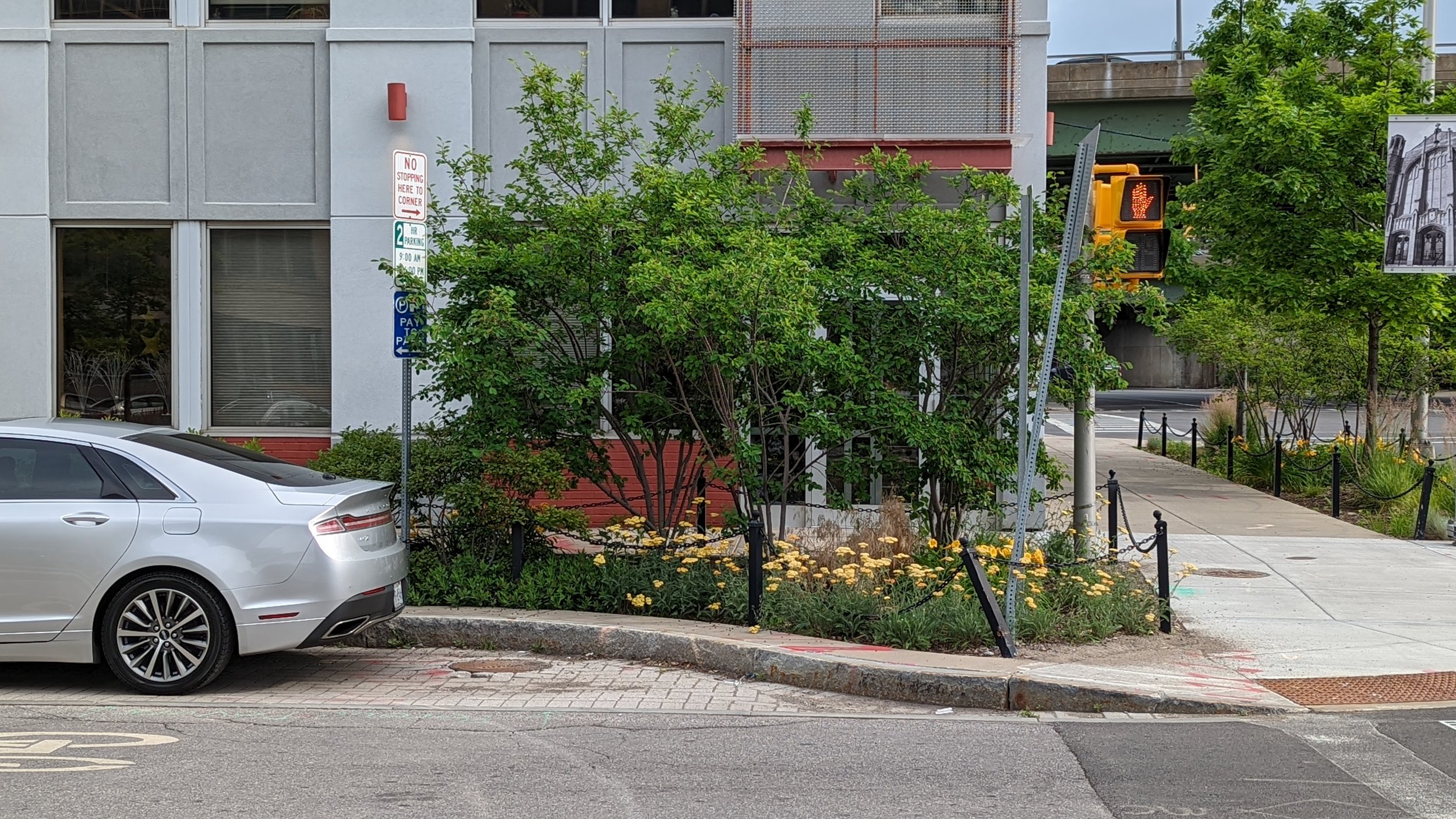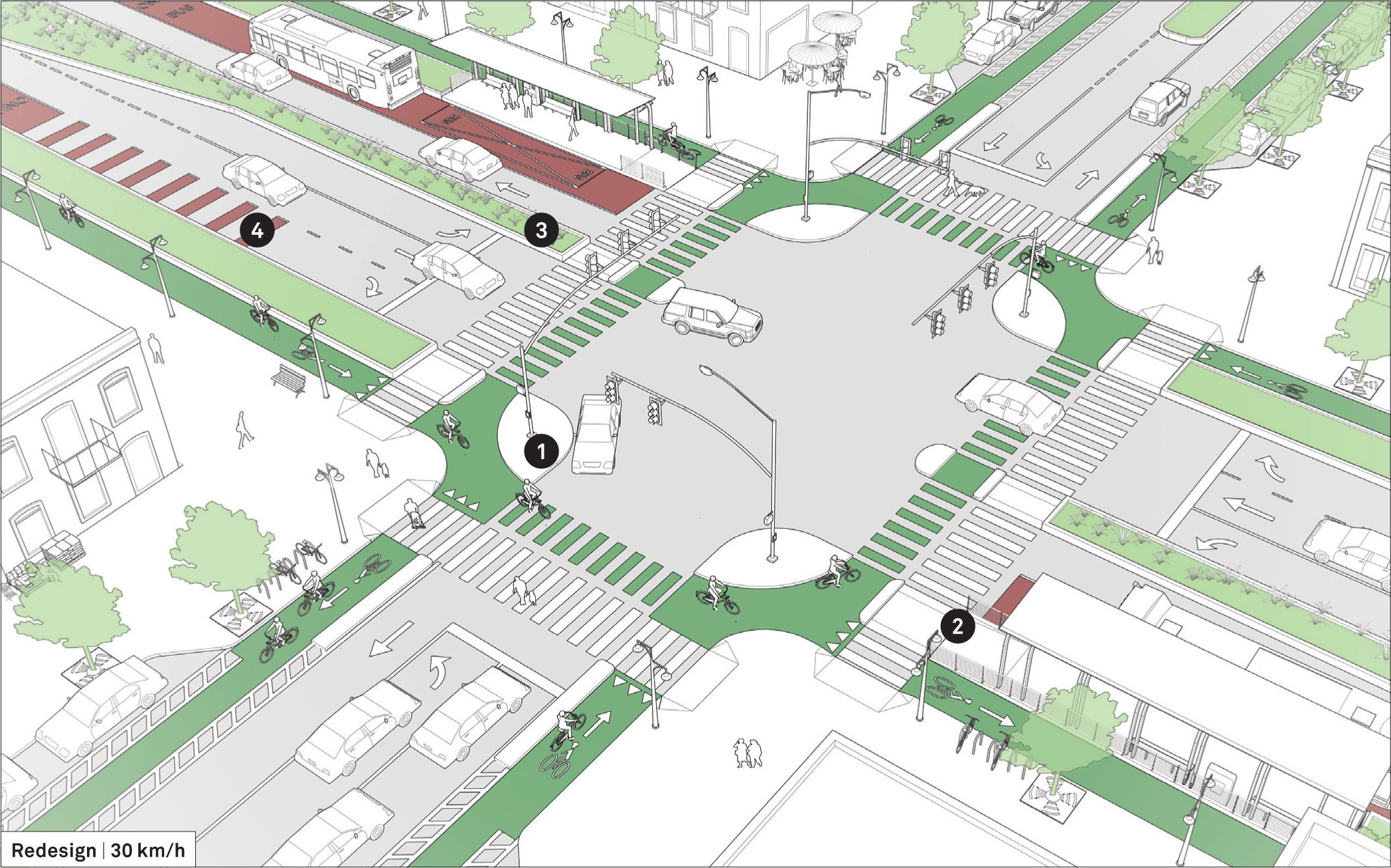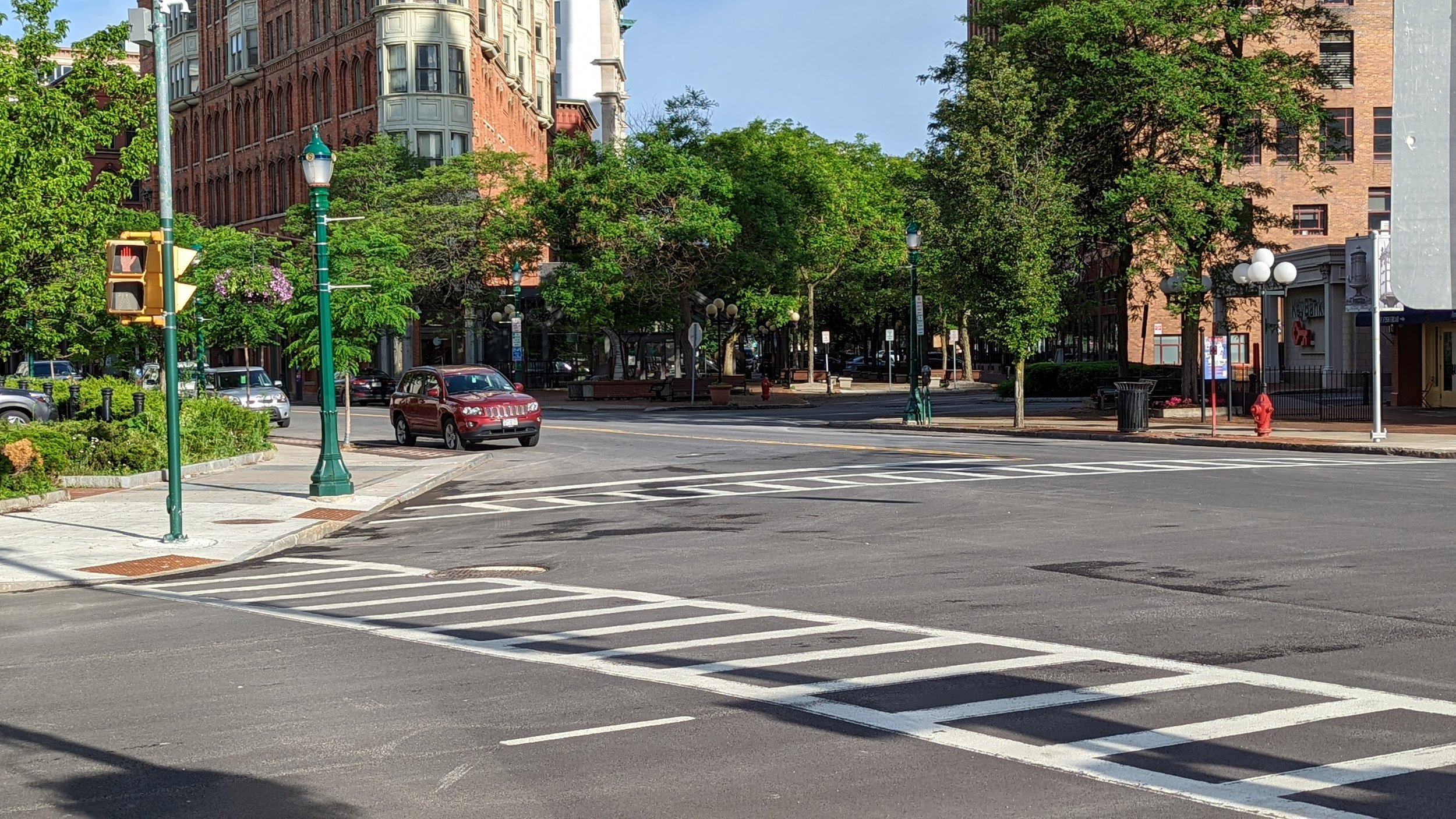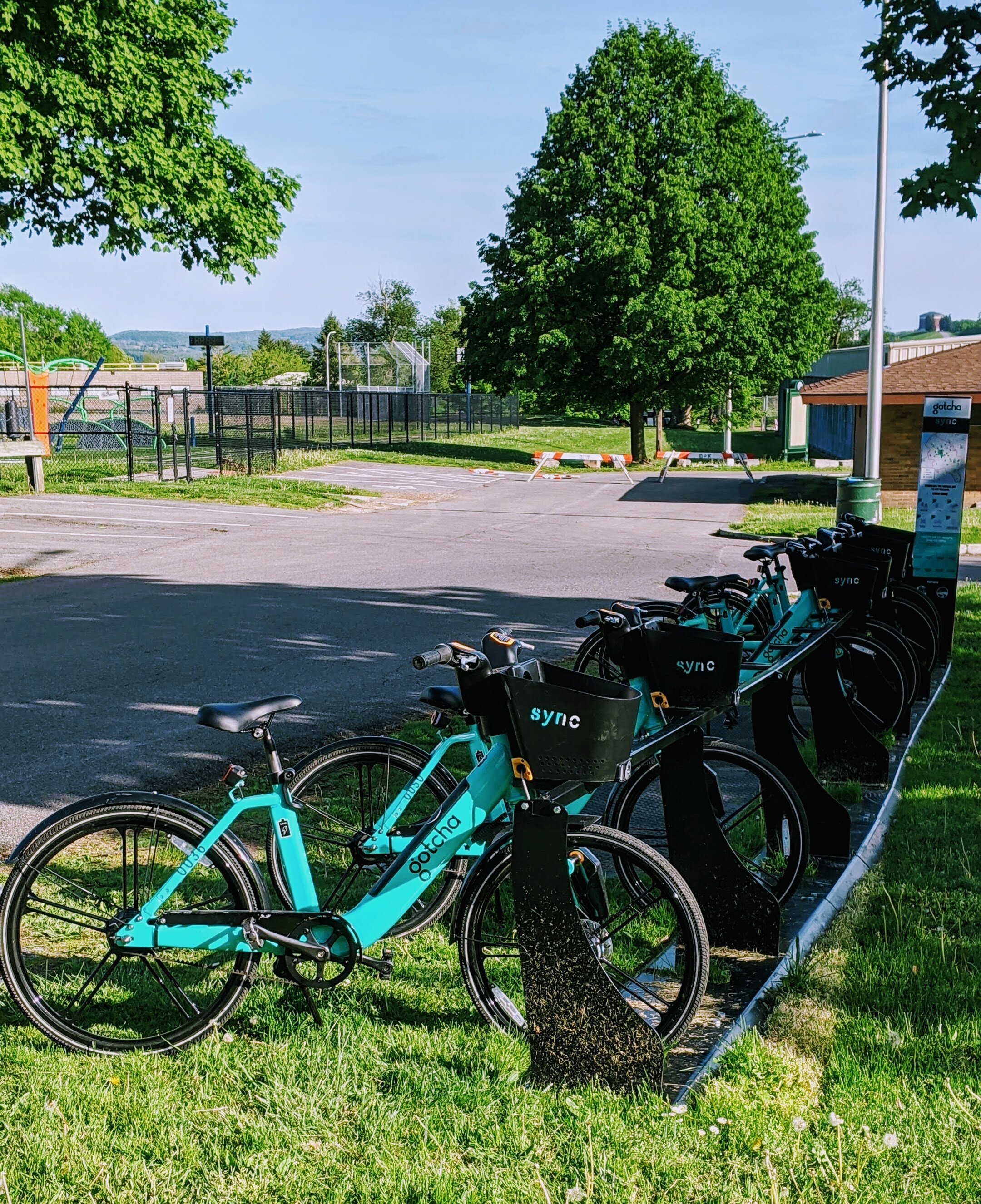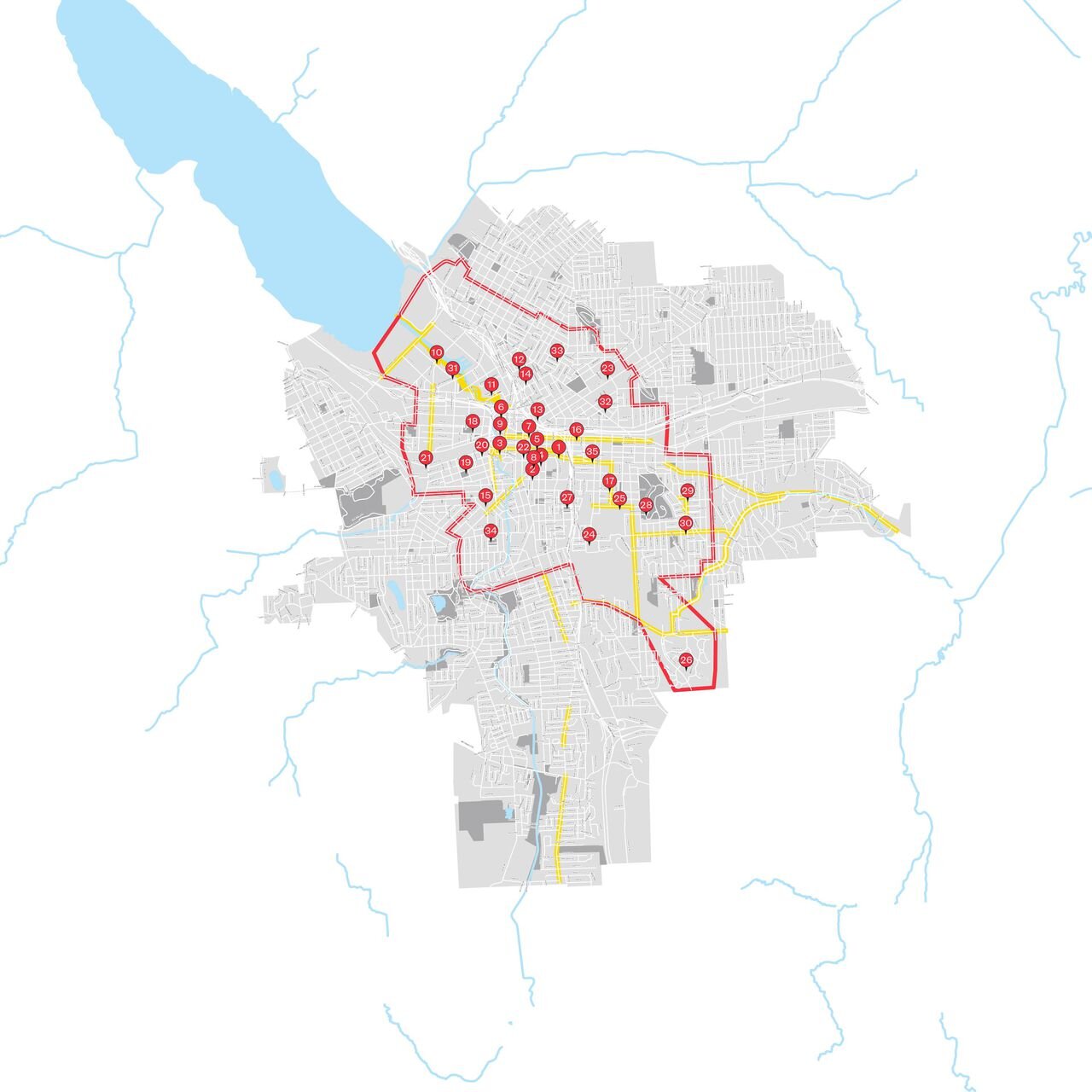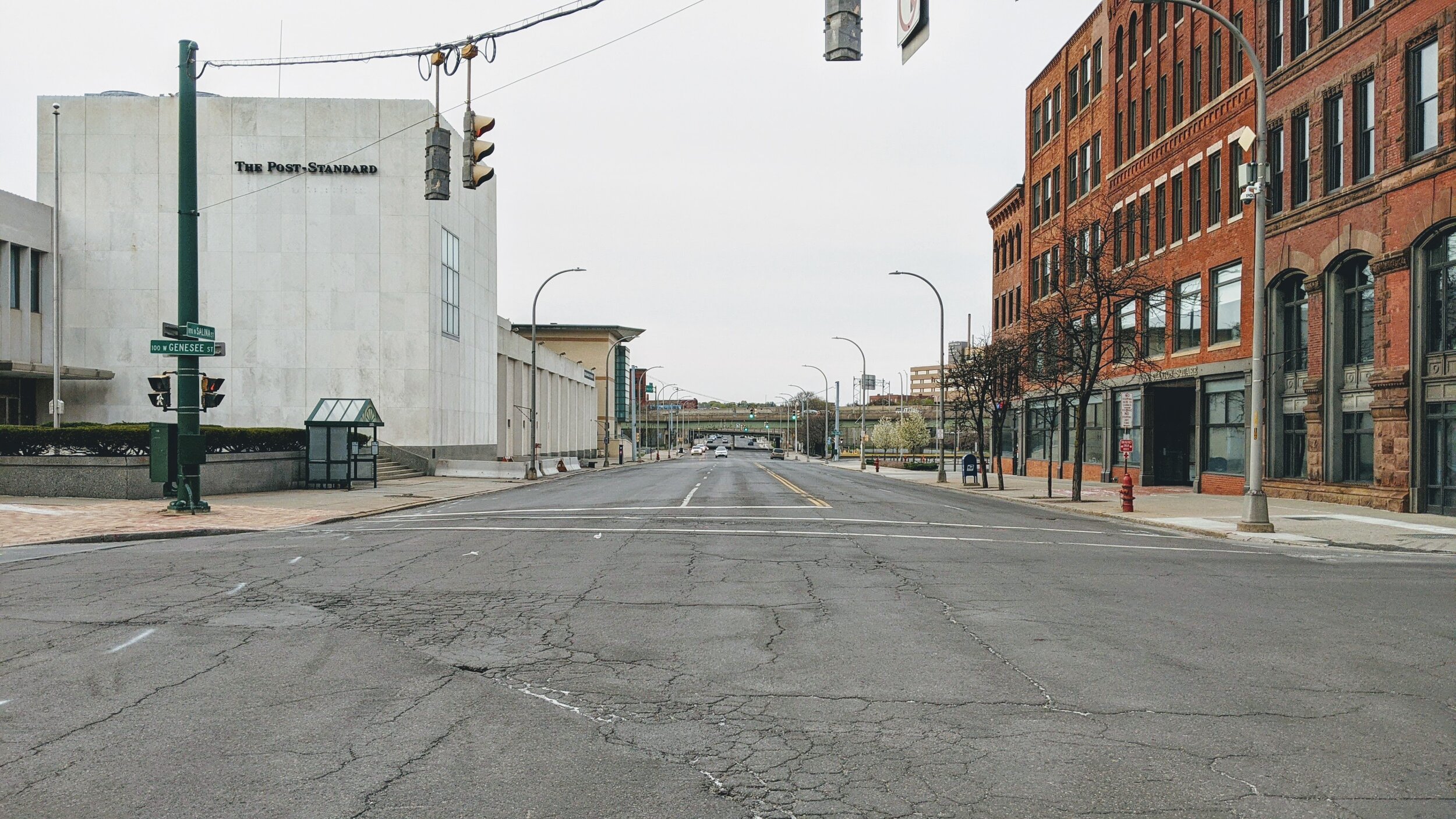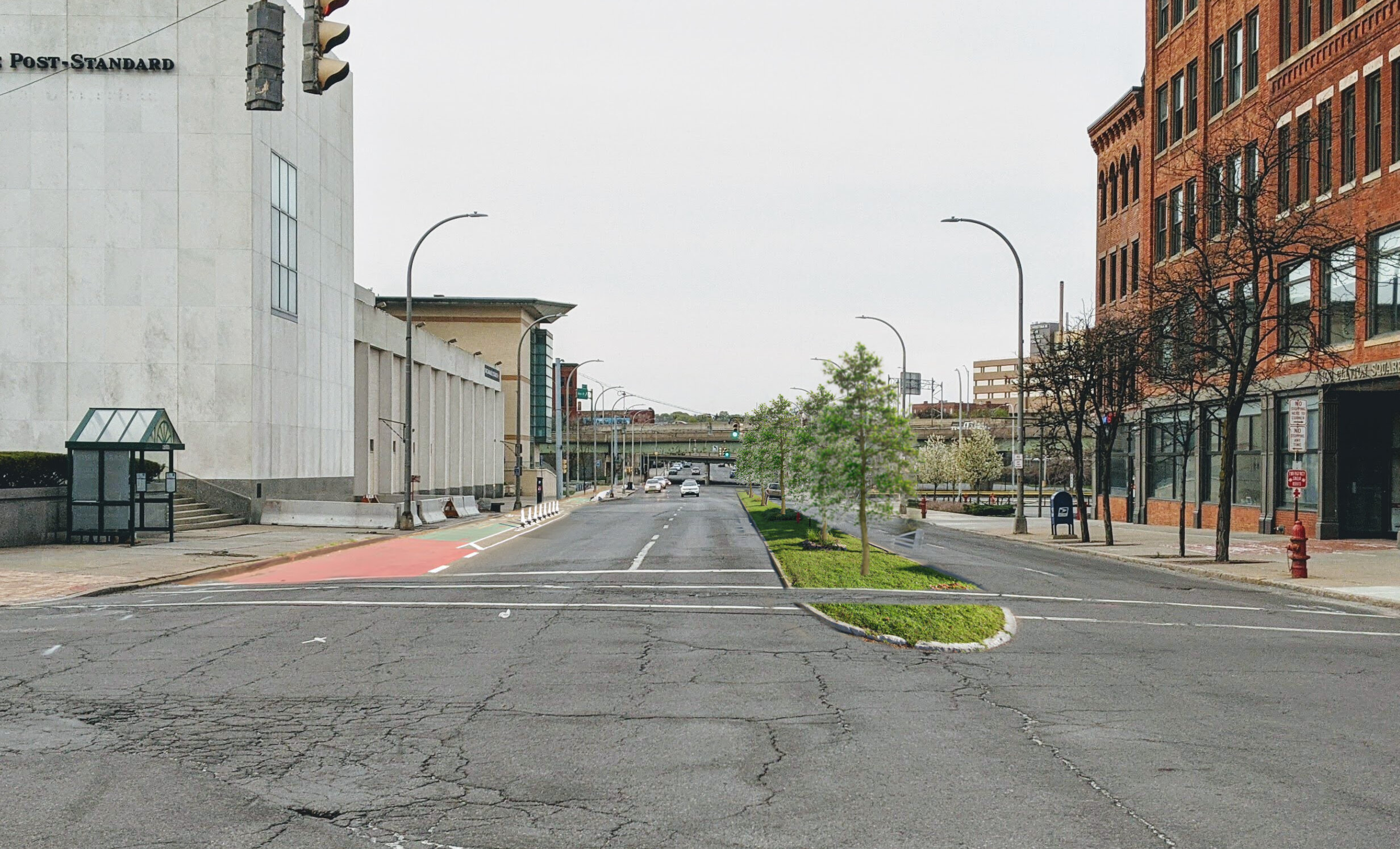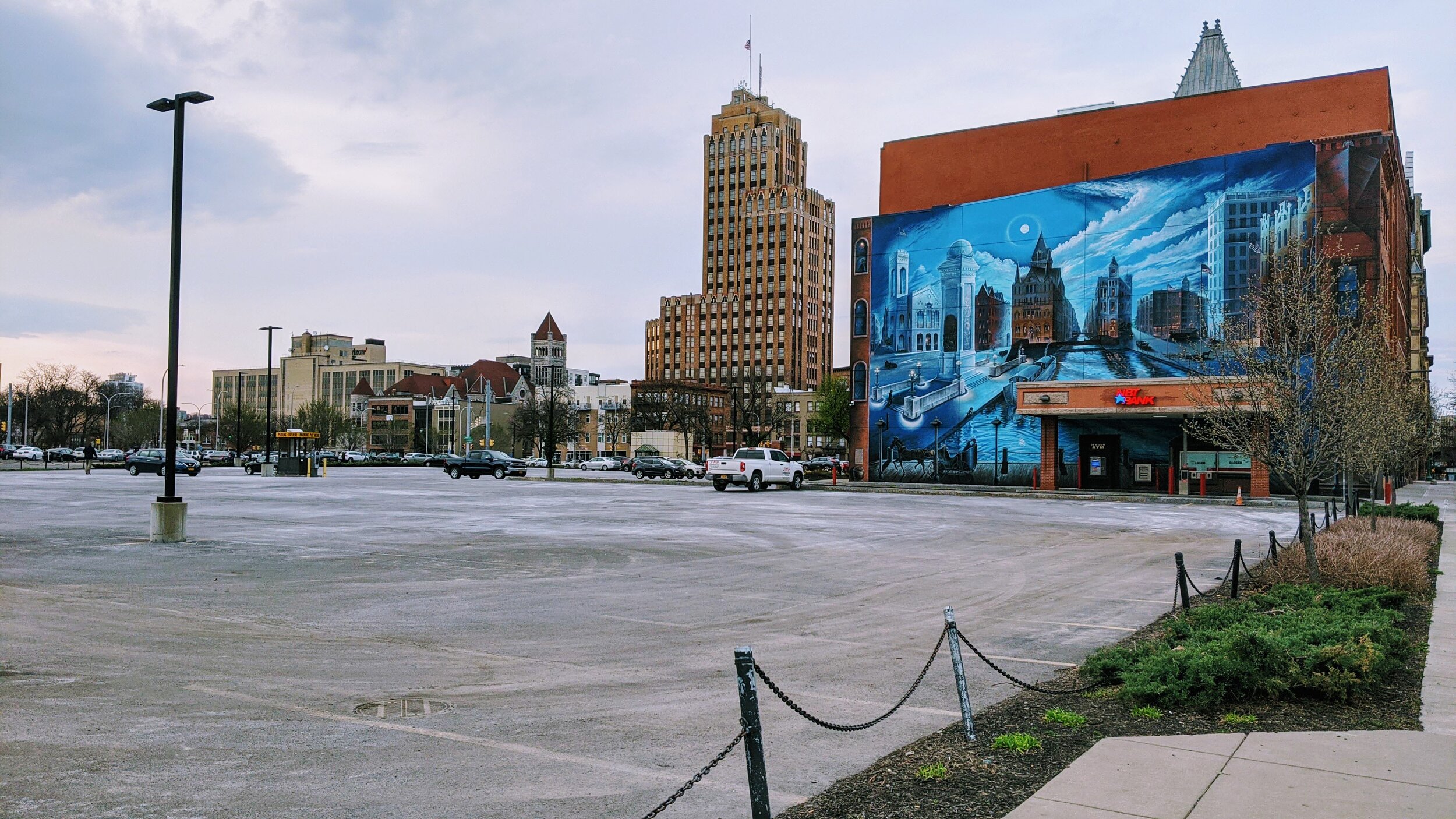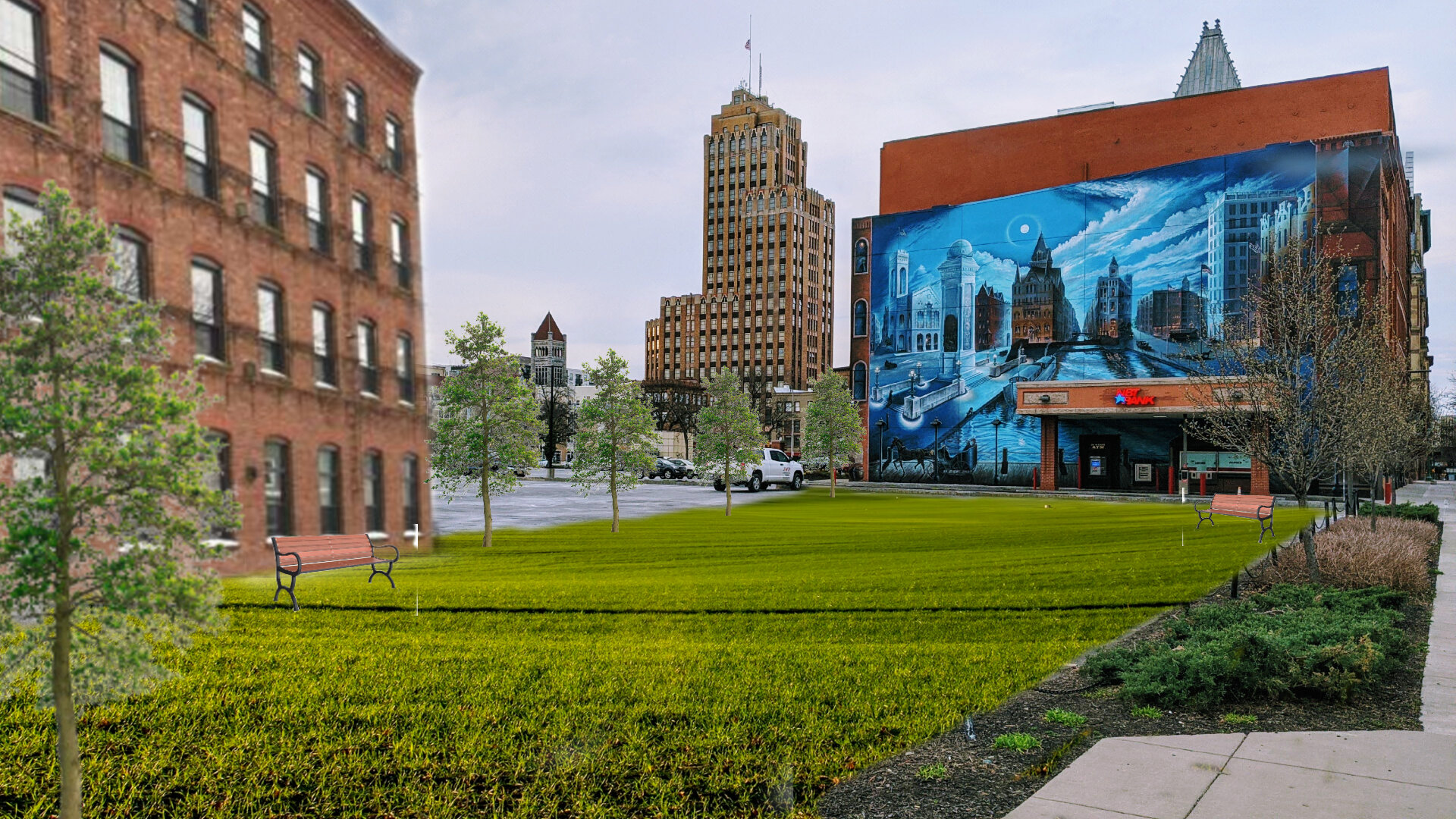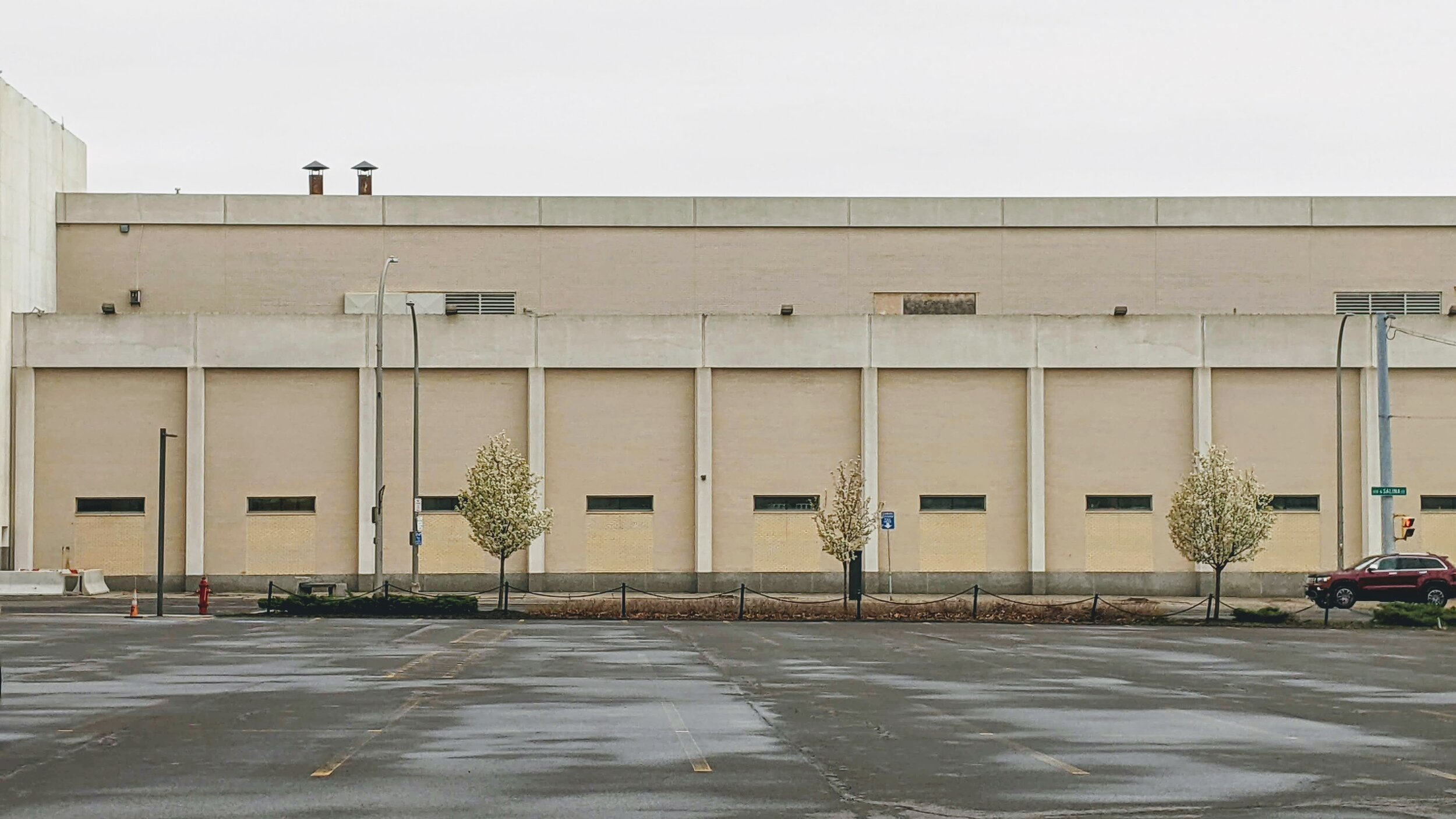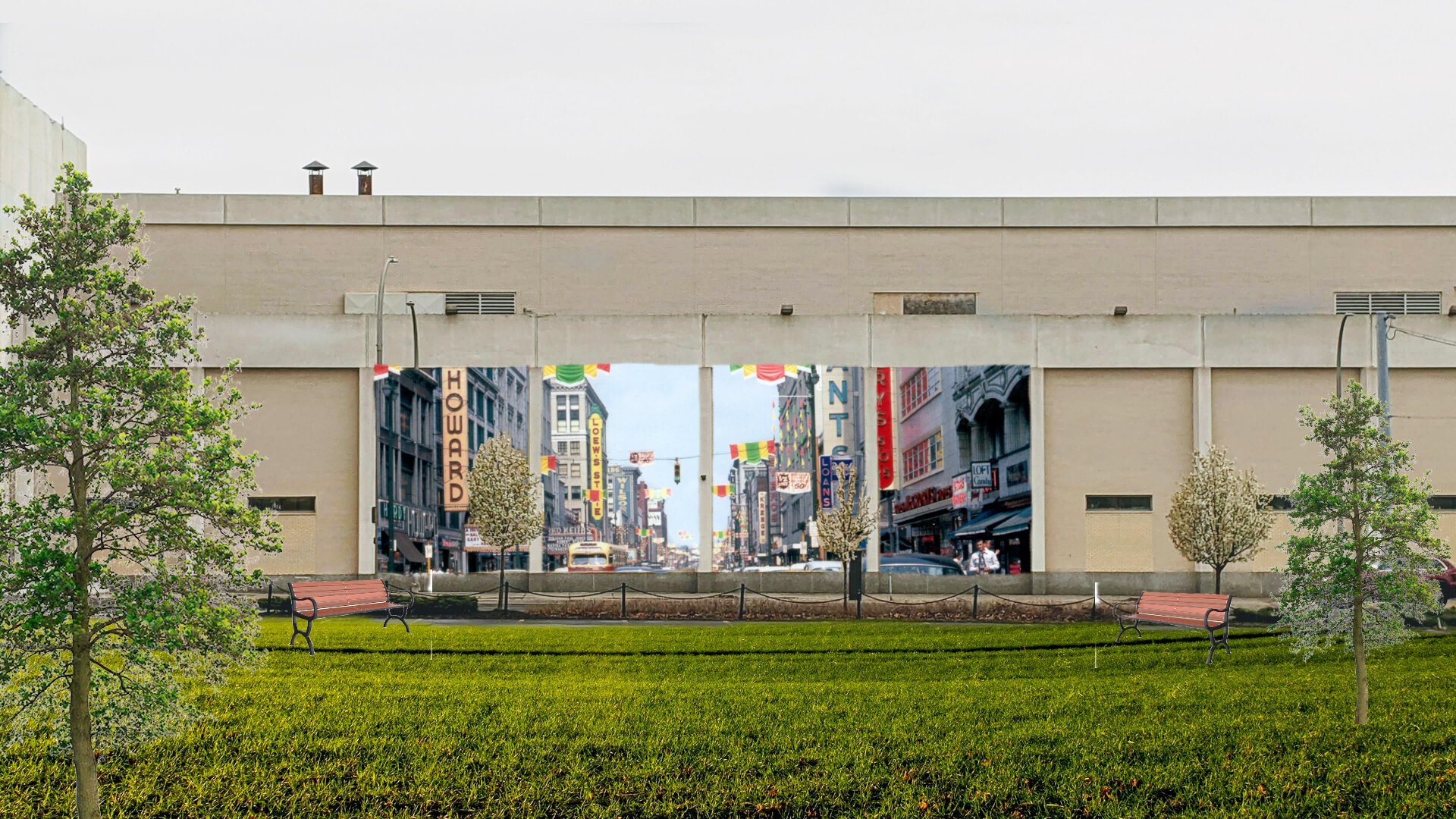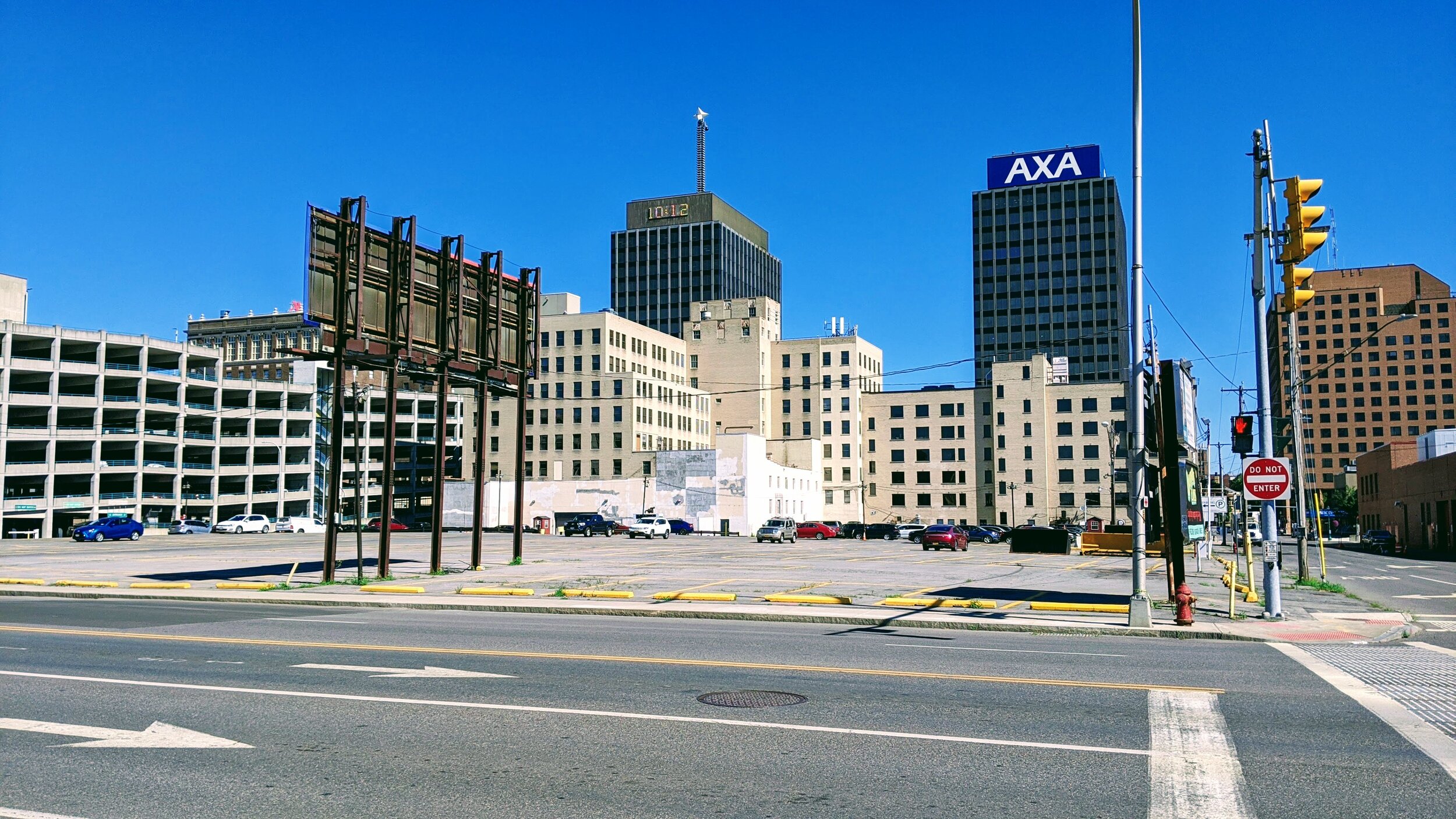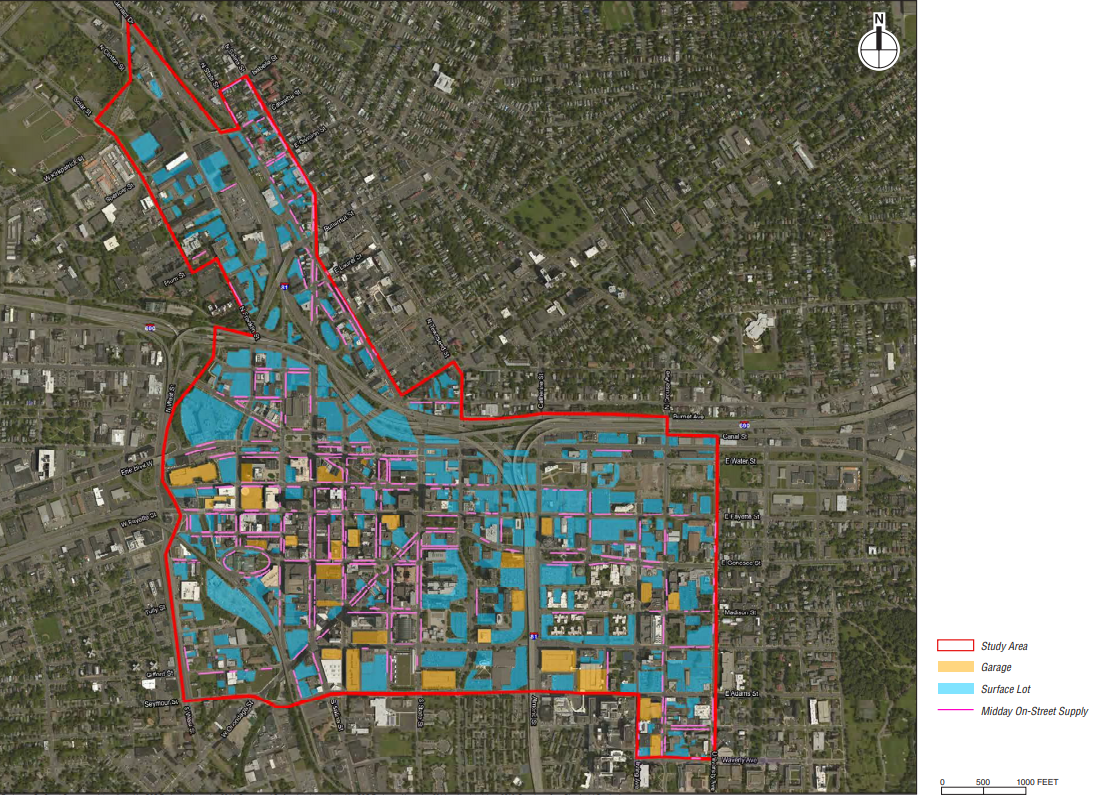If you’re like me, seeing a truly well designed intersection is exciting. More than likely you’re not as nerdy as I am and you’ve got other things that keep your attention, only noticing an intersection when there’s an issue. But intersections are the most important thing for a city to get right if they want to keep people safe. This goes for people in cars, on bikes, or simply walking across the street. And for most intersections, we have a lot of room for improvement.
We could look across the Atlantic for inspiration, and some of that will come in later in this piece, but I think it’s more instructive to look at positive examples right here in America.Towards the end of June 2022, articles began to appear celebrating Hoboken, NJ for reaching four years of zero traffic deaths. For comparison, Syracuse, NY, whose population of 148,000 is just under 3x Hoboken’s 54,000, experienced over 40 traffic fatalities in the same timespan.
So what is Hoboken doing right?
When it comes to intersections, the City has focused on ensuring that everyone has the ability to see everyone else. This may seem like a simple concept, yet you can walk out to most intersections and find barriers. Signs clutter the corners, cars are parked far too close to the intersection, curb radii are too large forcing pedestrians to cross long distances where they may not be seen by oncoming vehicles, etc. A key way to improve this issue is through “daylighting.”
Daylighting is the process of moving obstructions away from the intersection. You’ll often see signs that state “No Stopping Here to Corner.” These signs are an attempt at daylighting, but with very little influence on driver behavior. Walk in a busy neighborhood and you’ll often see a car parked exactly where it’s told not to. Hoboken has taken the task of daylighting more seriously through their extensive use of curb extensions. This might be paint paired with flex posts to define the space, or, better yet, concrete extensions of the sidewalk. Curb extensions not only enhance visibility of pedestrians and cars, they also slow vehicles down as they enter a tighter space. As humans, we naturally slow down in confined spaces being extra cautious not to hit the sides built up around us. This is why highway lanes are wider than local streets, or at least should be.
Bike racks and corrals have also been used to daylight intersections, clearing sitelines for drivers and pedestrians while creating a convenient space for cyclists to park.
Syracuse has some great examples of curb extensions too, they’re just few and far between. But where they are placed, they make a significant difference. A prime example is right outside City Hall on Water Street; concrete curb extensions paired with a planted furnishing zone to provide shade and extra definition to the space.
Just down the road, Syracuse has made use of another traffic calming technique, the pinch point. While this isn’t at an intersection, its worth noting how the same principles of a curb extension can be applied mid-block where people have a reason to cross, such as getting to a museum or their office.
Going back to Hoboken, and several other communities across the country including Philadelphia, there have been intersections that have been taken up a notch, literally. Raised intersections, as seen in the above photo found on Streetsblog, bring cars up to the height of the sidewalk, similar to a speed bump. These intersections enhance visibility for people on foot while slowing drivers down. A narrower version of this approach is the raised crosswalk, which keeps people on foot at the higher level of a sidewalk while drivers are forced to slow down to go over the sidewalk. This can be seen in the photo from Cincinnati above.
In the Netherlands, specifically Amsterdam, combinations of raised intersections and crosswalks are seen throughout, typically forcing drivers on the main street to slow down as they turn onto residential side streets.
Now that we’ve made the jump to some international examples, let’s take a look at probably the best design for intersections for all users; the Dutch intersection. A more universal name for it is the protected intersection, as it creates barriers that protect both cyclists and pedestrians as they use the intersection.
Let’s take a look at the two photos above. The one of the left is from Syracuse where two bike lanes meet in Downtown. This is typically how American cities handle this type of intersection, with both lanes starting and ending at the intersection with no real separation between cars and bikes. Now when you look at the graphic on the right, you’ll see an extra level of separation. Not only is the bike lane protected, but a concrete island stretches between the two crosswalks forcing drivers to take wider, safer turns. At the same time, cyclists and pedestrians are moved up further in front of drivers before they cross. This gives them a chance to begin crossing before cars get into the intersection. Ottawa, Canada has been at the forefront of this style of intersection in North America, with some even appearing before bike lanes are installed.
One thing these intersections require is the removal of curbside parking, either by eliminating parking all together or creating floating parking lanes, which Syracuse has struggled to embrace in the past. But things are changing and the City is putting forth a true effort to create safer bike infrastructure.
While you may not find intersections as interesting as I do, it's important to recognize when they’re done well and what benefits they bring. Create spaces where people of all ages and abilities feel safe to move around the city. Quiet your streets by slowing down cars and encouraging other modes of travel. Embrace an all around healthier city and self by creating safe spaces. We may not officially have a Vision Zero policy in Syracuse, but advocating for and implementing these improvements can get us on our way there.
In Part Two, I’ll take a look at some specific intersections to explore what we might be able to do to improve them for everyone.
The intersection of Washington and Montgomery in Downtown Syracuse was originally due to train tracks that ran down the center of the street. Now pedestrians are pushed off to the side as the prepare to cross, out of sight of cars and obstructed by trees, lamps, and signage.

